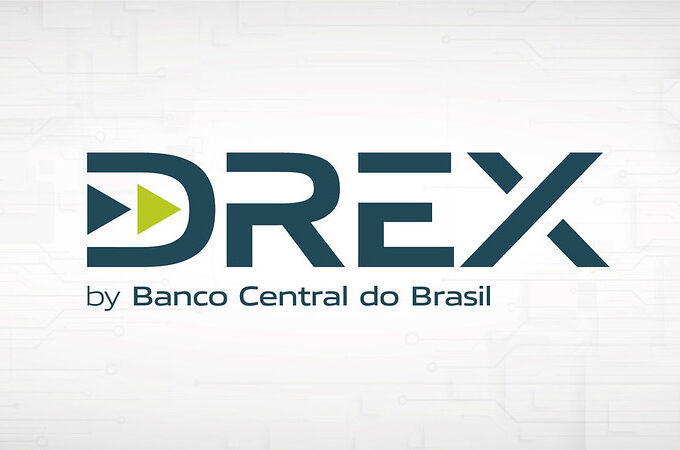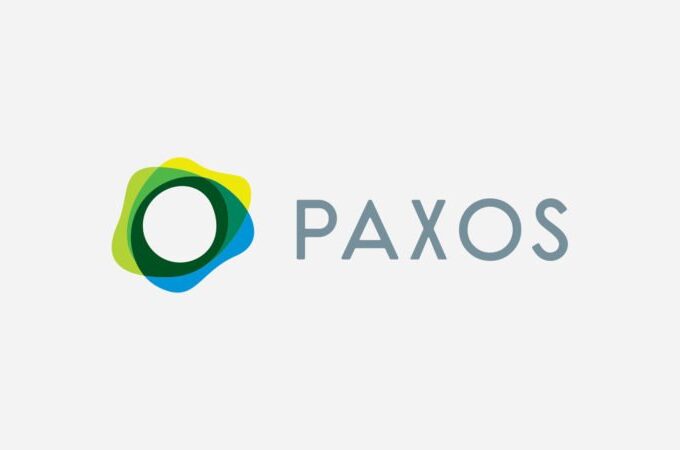
What to Look for When Choosing a Bitcoin Exchange
Choosing the right Bitcoin exchange is important. A good choice will allow you to trade freely and profit in a safe environment. A poor choice could restrict your options, eat into your earnings, and put you and your money at risk. Here’s a list of the most important things to look out for when choosing a place to trade cryptocurrency.
1. It Meets Your Minimum Requirements
Before you look at anything else, you need to make sure the exchange meets your minimum requirements. It doesn’t matter if it’s the best exchange in the world, if it doesn’t work in your country or currency, you can’t use it.
First, you need to see if it supports the currencies and trading pairs you plan to use. Most exchanges will have BTC to USD, BTC to ETH pairs and so on. But if you want the more obscure altcoins or a currency other than USD, you should check that they are supported. You also need to make sure your payment method is supported. Credit card is one of the most popular options, and the big exchanges like CEX.IO, Coinbase, Coinmama all support this option.
Trading tools are next on the checklist. This is in case you need features like margin trading, leverage, and mobile support if you’re on the go. Again, many big exchanges have these features.
Lastly, you need to make sure the exchange meets any legal/regulatory requirements you have. The location of the exchanges’ offices and if they follow KYC (know-your-customer) and AML (anti-money-laundering) procedures could be important here.
2. Security and Reputation
Here’s where you ensure your money is going to be kept safe. When using a cryptocurrency exchange, you could have a lot of cash kept on the exchange’s servers. You’ll want to check that the people running those servers are trustworthy and that the security technology and protocols they are using are robust enough for you.
History and a good track record are vitally important in the cryptocurrency world. Any website operating for over 3 years is considered experienced in this young industry. CEX.IO, Coinbase (GDAX), Coinmama, Coinhouse, BitPanda and Bitstamp all have good reputations. Make sure to keep up-to-date and check current user reviews. Keep in mind, just because an exchange is at the top of the industry, it doesn’t mean it’s bulletproof. Mt. Gox was the best in the business but still failed spectacularly.
For newer companies, you can check the team behind the project. Their reputation is the next best thing to the company’s. You can also check for trusted names that are backing or endorsing the exchange.
As for security specifications, here’s a list of minimum requirements you should look for:
- Cold, offline storage for most of the funds on the exchange. This makes sure losses are limited in the case of a hack;
- Two-factor authentication for login. This protects your account from getting targeted;
- Email and SMS alerts for account activity.
3. Costs, Fees and Commissions
Next, you need to work out how much each exchange is going to cost you. Unfortunately, it isn’t always that simple.
A good place to start with is the fees and commissions. The exchange should have a page clearly laying out all fees and commission they charge. If they don’t, run. Here are some quick links to the fees pages of top exchanges:
- IO fee schedule
- Coinbase pricing and fees disclosures
- GDAX fee structure
- Coinmama fees and charges
- Coinhouse fees
- Bitstamp fee schedule
The next most important thing is the exchange rate you get for buying/selling Bitcoin and other cryptocurrencies. This is an opportunity for exchanges to hide fees from you by giving you a bad rate. It’s easy to check the going rate for many exchanges at sites like CoinDesk. You’ll quickly get an idea of what a good price is.
If you’re going to be doing a lot of trading, you’ll want to check the spreads on the trading platform. The spread is the difference between the ask and bid prices on an exchange. The smaller the spread, the better it is for you. There is no set “good” spread as all sorts of factors can affect it, such as volume, volatility, and congestion on the Bitcoin network.
4. Liquidity
Liquidity represents how quickly and easily you can buy/sell different currencies on an exchange. You don’t want to be stuck unable to move your funds when you need to or to buy Bitcoins quickly when the right time arises.
One good sign of liquidity is the volume of Bitcoin and other currencies that are traded daily on an exchange. There are sites where you can quickly compare the amount of currency traded on different exchanges. Remember, this metric will change every day. The exchange with the highest liquidity right now might not be in a week. Liquidity also includes how easily you can withdraw your funds from the platform when you need to.
5. Support
It’s easy to push support concerns out of your mind until something goes wrong. But that’s a bad idea. Choosing an exchange with good phone and email support will help keep your peace of mind and protect you in the future in case something bad happens.
5. User Experience
Lastly, we have how easy the exchange is to use. You’ll probably be using the exchange regularly, so you want it to be nice. Just make sure you’ve checked off all of the above factors first.
Make a Good Decision Now Will Pay Off Later
It’s tempting to want to dive in once you’ve caught cryptocurrency fever. But the industry is still in its infancy and there are many hidden dangers and almost no safety nets for traders. Put the effort to do your research now in order to protect your money and to give yourself the best opportunity to have success in cryptocurrency trading.





